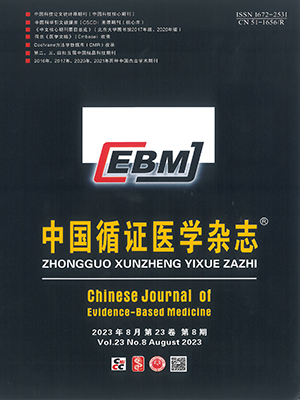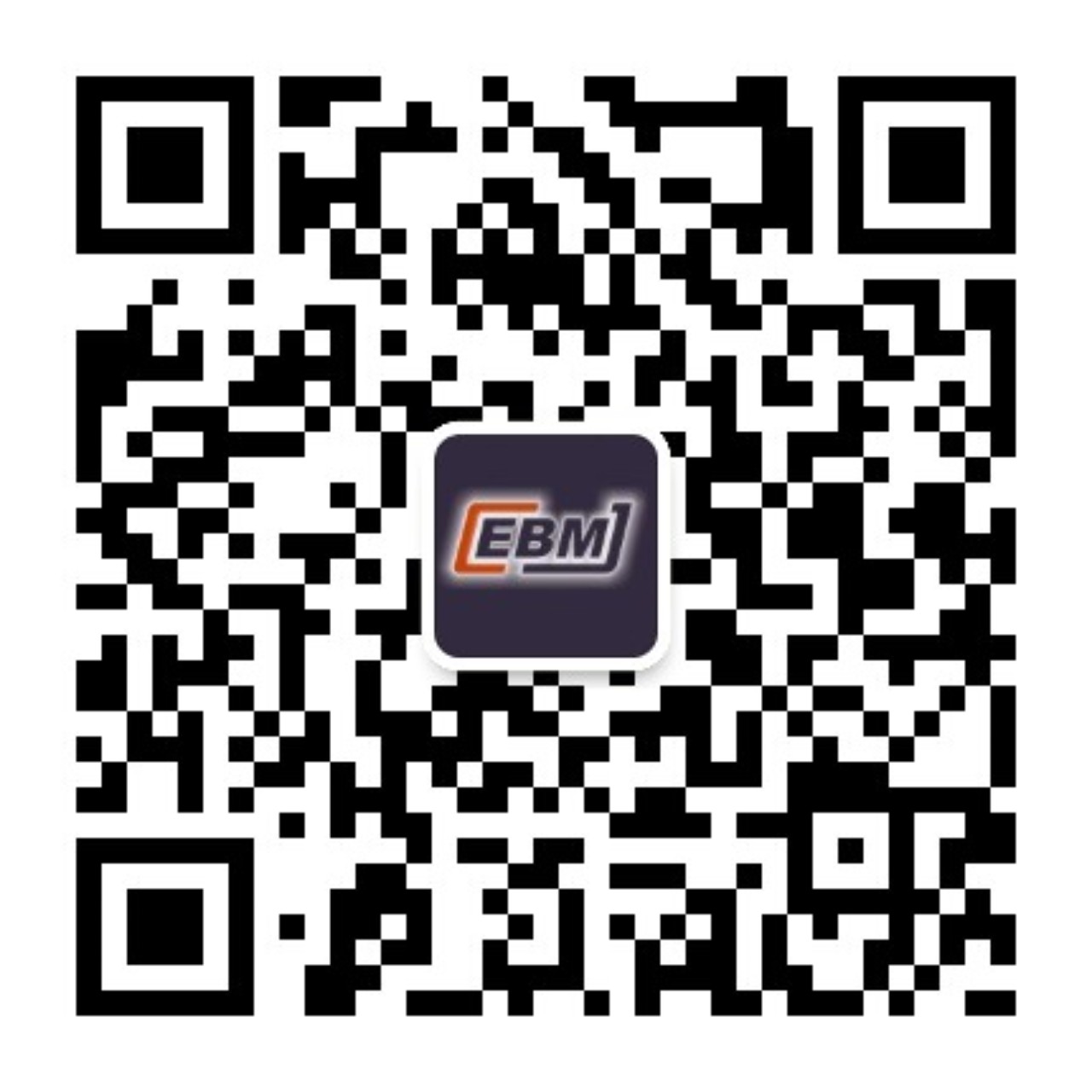| 1. |
Tobias JD, Berkenbosch JW. Initial experience with dexmedetomidine in paediatric-aged patients. Paediatr Anaesth, 2002, 12(2): 171-175.
|
| 2. |
Guler G, Akin A, Tosun Z, et al. Single-dose dexmedetomidine reduces agitation and provides smooth extubation after pediatric adenotonsillectomy. Paediatr Anaesth, 2005, 15(9): 762-766.
|
| 3. |
Ibacache ME, Muñoz HR, Brandes V, et al. Single-dose dexmedetomidine reduces agitation after sevoflurane anesthesia in children. Anesth Analg, 2004, 98(1): 60-63.
|
| 4. |
Shukry M, Clyde MC, Kalarickal PL, et al. Does dexmedetomidine prevent emergence delirium in children after sevoflurane-based general anesthesia? Paediatr Anaesth, 2005, 15(12): 1098-1104.
|
| 5. |
Isik B, Arslan M, Tunga AD, et al. Dexmedetomidine decreases emergence agitation in pediatric patients after sevoflurane anesthesia without surgery. Paediatr Anaesth, 2006, 16(7): 748-753.
|
| 6. |
Erdil F, Demirbilek S, Begec Z, et al. The effects of dexmedetomidine and fentanyl on emergence characteristics after adenoidectomy in children. Anaesth Intensive Care, 2009, 37(4): 571-576.
|
| 7. |
Sato M, Shirakami G, Tazuke-Nishimura M, et al. Effect of single-dose dexmedetomidine on emergence agitation and recovery profiles after sevoflurane anesthesia in pediatric ambulatory surgery. J Anesth, 2010, 24(5): 675-682.
|
| 8. |
Al-Zaben KR, Qudaisat IY, Al-Ghanem SM, et al. Intraoperative administration of dexmedetomidine reduces the analgesic requirements for children undergoing hypospadius surgery. Eur J Anaesthesiol, 2010, 27(3): 247-252.
|
| 9. |
張加強, 孟凡民, 侯艷華, 等. 右旋美托咪啶對小兒七氟醚麻醉蘇醒期躁動及血流動力學的影響. 臨床麻醉學雜志, 2010, 26(7): 627-628.
|
| 10. |
房潔渝, 肖亮燦, 郭雋英, 等. 右美托咪啶預防兒童全身麻醉后躁動的臨床研究. 中國醫藥指南, 2010, 37(7): 121-122.
|
| 11. |
Özcengiz D, Gunes Y, Ozmete O. Oral melatonin, dexmedetomidine, and midazolam for prevention of postoperative agitation in children. J Anesth, 2011, 25(2): 184-188.
|
| 12. |
甘秀峰, 陳彥青, 鄒聰華. 右美托咪啶對七氟醚麻醉患兒麻醉恢復期躁動的影響. 中華麻醉學雜志, 2011, 31(2): 166-167.
|
| 13. |
金約西, 李軍. 右美托咪啶用于小兒全麻蘇醒期躁動的臨床觀察. 中國醫院藥學雜志, 2011, 31(13): 1117-1120.
|
| 14. |
薛濤, 孫紅梅, 孫劍. 右美托咪啶減輕小兒全身麻醉術后躁動的臨床觀察. 山西醫藥雜志, 2011, 40(8): 783-784.
|
| 15. |
黃毓嬋, 房潔瑜, 朱瓊芳. 右美托咪啶預防兒童術后躁動的觀察及護理.臨床護理雜志, 2011, 10(5): 51-53.
|
| 16. |
朱瓊芳, 房潔渝, 陳旭素. 全麻誘導前應用右美托咪啶對腺樣體切除術兒童蘇醒期應激反應的影響. 中山大學學報(醫學科學版), 2011, 32(6): 803-806.
|
| 17. |
Lili X, Jianjun S, Haiyan Z. The application of dexmedetomidine in children undergoing vitreoretinal surgery. J Anesth, 2012, 26(4): 556-561.
|
| 18. |
劉建平. 系統評價. 見: 梁萬年, 主編. 醫學科研方法學. 第1版. 北京: 人民衛生出版社, 2002: 451-486.
|
| 19. |
Jadad AR, Moore RA, Carroll D, et al. Assessing the quality of reports of randomized clinical trials: is blinding necessary? Control Clin Trials, 1996, 17(1): 1-12.
|
| 20. |
Szumita PM, Baroletti SA, Anger KE, et al. Sedation and analgesia in the intensive care unit evaluating the role of dexmedetomidine. Am J Health Syst Pharm, 2007, 64(1): 37-44.
|
| 21. |
Tobias JD. Dexmedetomidine applications in pediatric critical care and pediatric anesthesiology. Pediatr Crit Care Med, 2007, 8(2): 115-131.
|
| 22. |
趙博, 馬虹. 右旋美托咪啶用于椎管內麻醉隨機對照試驗的Meta分析. 中國循證醫學雜志, 2011, 11(12): 1419-1426.
|
| 23. |
Keaney A, Diviney D, Harte S, et al. Postoperative behavioral changes following anesthesia with sevoflurane. Paediatr Anaesth, 2004, 14(10): 866-870.
|
| 24. |
Cohen IT, Finkel JC, Hannallah RS, et al. Rapid emergence does not explain agitation following sevoflurane anaesthesia in infants and children: a comparison with propofol. Paediatr Anaesth, 2003, 13(1): 63-67.
|
| 25. |
Cravero J, Surgenor S, Whalen K. Emergence agitation in paediatric patients after sevoflurane anaesthesia and no surgery: acomparison with halothane. Paediatr Anaesth, 2000, 10(4): 419-424.
|
| 26. |
Vlajkovic GP, Sindjelic RP. Emergence delirium in children: many questions, few answers. Anesth Analg, 2007, 104(1): 84-91.
|
| 27. |
Voepel-Lewis T, Malviya S, Tait AR. A prospective cohort study of emergence agitation in the pediatric postanesthesia care unit. Anesth Analg, 2003, 96(6): 1625-1630.
|




